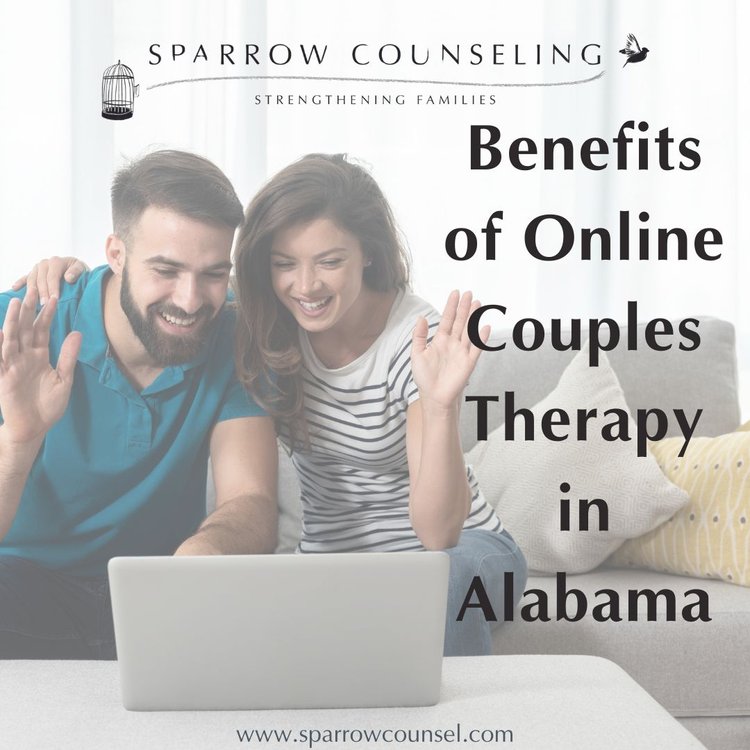About Aim Point Counseling
About Aim Point Counseling
Blog Article
Some Known Details About Aim Point Counseling
Table of ContentsRumored Buzz on Aim Point CounselingAim Point Counseling - The FactsThe Single Strategy To Use For Aim Point CounselingWhat Does Aim Point Counseling Mean?What Does Aim Point Counseling Mean?Getting The Aim Point Counseling To Work
The longitudinal layout involves a pre-treatment survey and two follow-up studies at 3- and 12-months post-intervention. The study is established in eight Relationships Australia Victoria centres, across cosmopolitan, external suburban areas, and regional/rural websites. Relationships Australia, a non-government organisation, is the largest copyright of couple therapy and connection services in Australia.
These high rates of connection break down have been regularly associated with negative wellness consequences for both adults and children adhering to divorce/separation.
Aim Point Counseling Can Be Fun For Everyone
Longitudinal researches additionally recommend that youngsters of divorce have a higher incidence of emotional problems, drug and alcohol usage, and dangerous sexual behaviour [7] Although the results of divorce and separation can be destructive, study shows that high connection disharmony in undamaged pairs is additionally likely to have negative outcomes.
Furthermore, aspects that influence the results of these solutions require thorough examination. Study to date has identified both pair and specific elements that might add to connection disharmony. These consist of partnership complete satisfaction and commitment at the pair level, and depression at the private degree. Robust study to assess relationship-enhancing interventions in the community are limited.
Things about Aim Point Counseling
For that reason, while most research studies indicate enhancements in connection contentment adhering to couple counselling, they are restricted by the examples and measures made use of, mostly temporary follow-up timespan, and analyses that do not account for the dyadic nature of couple data. Partnership dedication, based upon procedures such as the Commitment Supply (CI) [19], is one more commonly explored relationship result.
To sum up, study shows that couple-specific variables in addition to private elements might predict the outcomes of pair counselling and relationship services. The causal instructions of these connections, however, is less clear. These observations are very important, since, to validate and assist the application of connection services such as couple counselling, empirical evidence needs to discover both the results of partnership solutions and the aspects that predict successful treatment.
, at the very least in some European nations.

We currently understand little about the profiles of couples who seek out partnership education and learning contrasted with those that seek connection therapy, or the outcomes of these programs. Unscientific proof recommends that there may be considerable distress amongst at least some pairs looking for relationship education.
Not known Incorrect Statements About Aim Point Counseling
Responses includes individuals completing sets of questions concerning their partnership (e.g. steps of interpersonal issues), and receiving information on what their scores show. Cognitive-behavioural approaches promote altering cognitions to assist in favorable partnerships. These might consist of promoting realistic attributions/expectations around adverse partner behavior [46] In abilities training, pairs participate in talks or discussions on relationship abilities, and practise these throughout facilitator-led tasks [ 45]
These effects have actually continued for as much as 4 years in some research studies [47] Nonetheless, these meta-analyses highlight limitations in the current literary works on partnership education. Particularly, most of research studies involved couples from upper socio-economic backgrounds who were not experiencing high partnership discord [47,48] This example profile might not represent customers that commonly provide for relationship education and learning.
The Only Guide for Aim Point Counseling

Really little research study has taken a look at the comparative advantages of couple therapy and relationship education and learning programs. As clients are likely to self-select into these service types, it is not clear whether characteristic relationship distress profiles present per solution type, or indeed whether there is an interaction between providing account, solution type and end result.
(http://peterjackson.mee.nu/where_i_work#c2556)
Hence, we have included a 12-month follow-up to determine longer-term fads and impacts. The study uses a variety of standard result procedures given that some previous investigations have been criticised for their absence of standardised analysis [50] The usage of statistical analyses that think freedom of data, such as t-tests, or ANOVAs, has been common in previous studies [ 44,49]
We propose to utilise multi-level analytical modelling procedures that control for the inter-dependence of couple information to examine any treatment impacts. The details objectives of the ECC research are to: 1. Map profiles of customers seeking community agency-based couple coaching vs. relationship improvement programs in terms of socio-demographic and news connection indications (such as partnership complete satisfaction, connection dedication, interpersonal issues, and reasons for attending), in addition to health (such as anxiety, basic well-being) and wellness solution use (eg.
Figure out whether couple therapy and relationship education and learning services enhance three- and twelve-month end results for connection fulfillment, dedication, and clinical depression, using analytical analyses appropriate to couple information. christian marriage counseling. Establish the relative contributions of customer variables (private and couple) and therapy/education variables to outcomes at 3- and 12-months, and to sustainability of results over time.
Aim Point Counseling for Beginners
Multi-level modelling to establish pre-post differences, managing for dyadic (pair) level. To contribute to the literature assessing the performance of community-based couple therapy.
Report this page